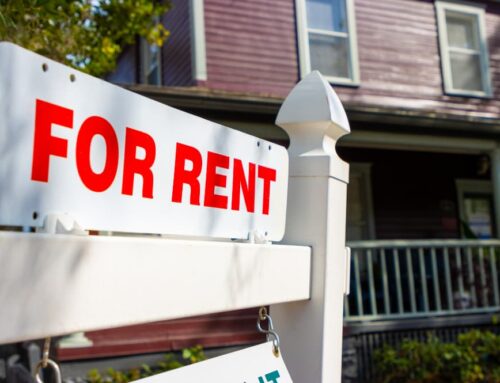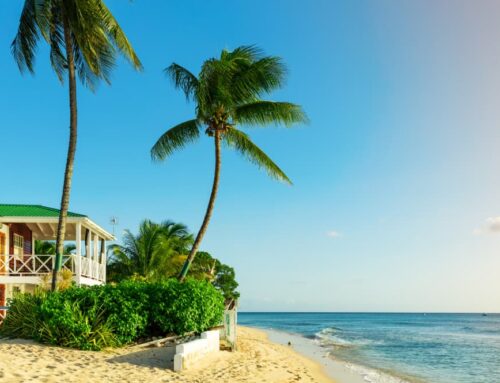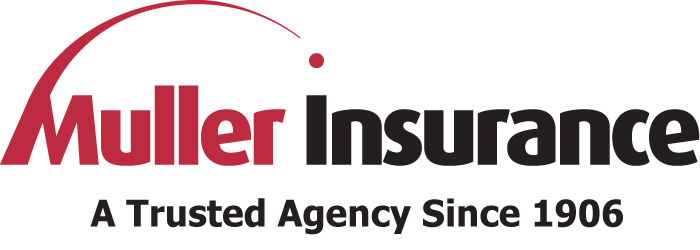Five Points To Consider
It should be obvious to just about everyone that having insurance to protect your property against flooding from severe storms, overflowing rivers or even melting snow is a good idea. Remember Hurricanes Katrina and Irene…and that record blizzard on New Year’s Day 2016? What less obvious to most people is if they already have coverage and if not, how they get it.
Point One
I’ve got homeowners insurance. Am I covered?
Not necessarily. Generally, coverage provided by a standard home or business policy does not include damage caused by flooding or mudslides. This isn’t a minor insurance gap. It is a gaping hole. Flood damage can be extremely destructive, leaving you at risk of financial devastation.
Point Two
How do I get it?
Contact Muller right away. We can assess your risk and find the right coverage for you. Remember, you’re not alone. More than 20,000 communities in the U.S. participate in the Federal Emergency Management Agency’s National Flood Insurance Program, which offers flood insurance. An NFIP policy typically includes coverage for: removing contents; sand- bagging (to reduce damage); repairing flood damage and rebuilding; clearing away debris and mud; and compensating for personal belongings and business inventories.
Point Three: It is required?
Muller can help you check. However, many lending institutions require flood insurance as a condition of securing a mortgage, home improvement loan, home equity loan, commercial loan, etc. Flood insurance also is a prerequisite for receiving federal disaster assistance when property is located in a special hazard area.
Point Four: Timing
Don’t wait. Yes, you can secure flood insurance in most cases at any time of the year. But there usually is a 30-day waiting period between the time flood insurance is purchased and the time coverage is in force.
Point Five: Flood Facts
The east coast of the U.S. usually experiences flooding during hurricane season, which runs primarily from August through October. Hurricanes affect coastal and inland areas. These areas can be inundated by torrential rains that result in widespread flooding. The Federal Emergency Management Agency estimates that 75 percent of households located in federally designated special flood hazard areas carry no flood insurance.








